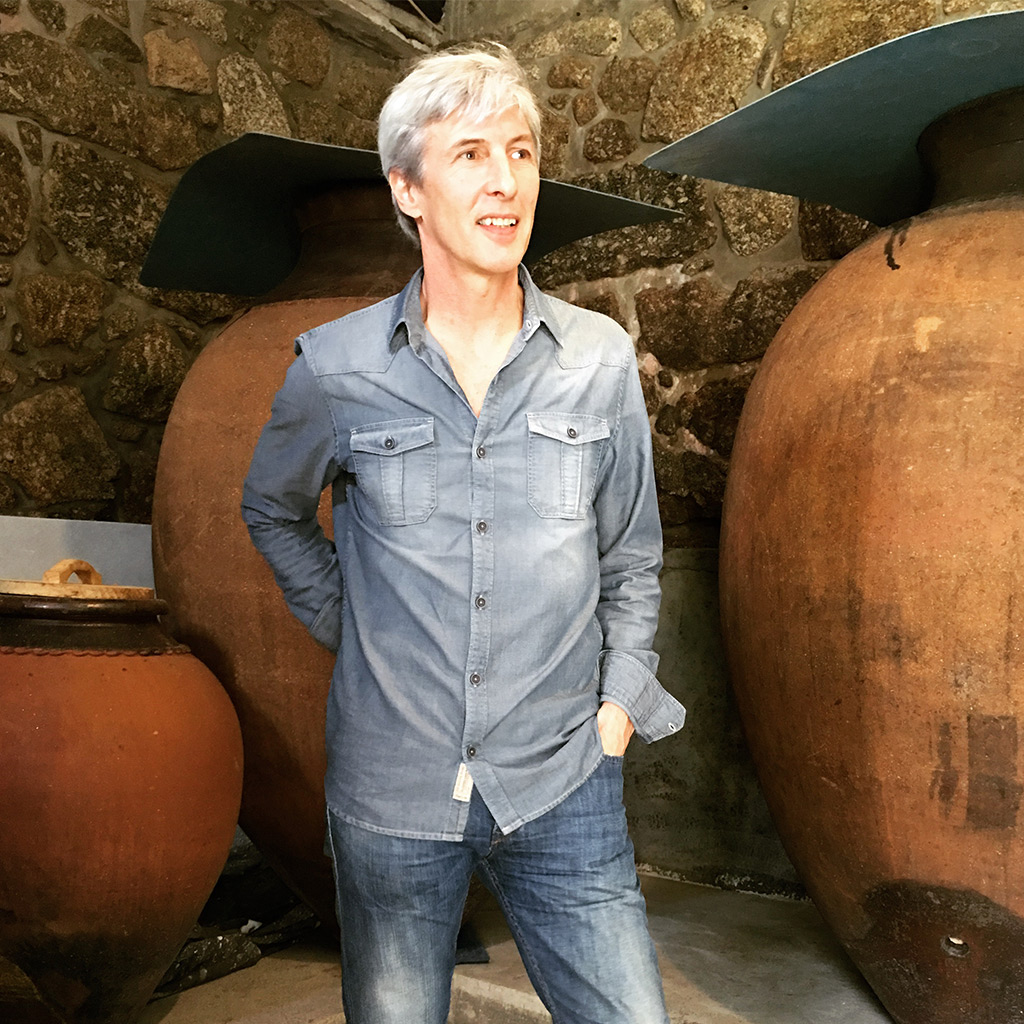I recently led a creative writing workshop at the Wine Writers’ Symposium in Napa, Calif., an event that mingled seasoned wine writers with those new to the craft. We broke into small groups to evaluate short works in progress, asking of each text three questions: What’s this piece doing, what’s working toward that objective, and what might change to make the piece more powerful? This is a standard workshopping exercise, one from literary formalism: The reader has only the text from which to take meaning. I opened the session with the following remarks, designed to encourage newer writers to develop circumspection and analytical skills alongside creativity. Writing is thinking, and thinking is hard.
One of the most powerful devices in a wine writer’s tool kit is metaphor. So I’m going to use one with you today.
Each piece of writing has an architecture, a frame. As you begin to write, you must establish this frame. Post-and-beam barn? Sixty-story skyscraper? Pole hut? Waddle and daub? The architecture of your story is the frame within which your story gets built. You position the entrances and exits for ease of access. You locate the windows for light, for vista. You design the rooms of your story to shelter and nourish its characters and their subplots. You furnish these rooms with their quirks. And you string it up with wires and pipes, put energy cells on the roof, a boiler in the basement. Because your story needs heat and light and power to warm and enlighten its occupants, and their guest, your reader.
What is the machinery of your story?
Your story is powered by its contact with the rest of the world. It draws energy from the people who populate it, but there must be an external source, too. And that is your creativity, your insight, your ideas. Not the facts you scrape from your reporting. You can shove little facts into the furnace of your building, and they do give off a little heat, but most of the energy comes from something else: from your thoughts about those facts. Not “what he said, where it’s from, how much it cost,” but “what this means, why it matters, what truth it tells, why anyone should care.”
That takes creativity.
But architecture is not exclusively an artistic exercise. It is also an exercise in engineering. To be a good story architect, you need to understand more than just how to build the structure so it won’t collapse. How to design the rooms for maximal effect. Where to put the doors into and out of, your piece. You need to understand the machinery that powers the house. In fact, you need to be so familiar with this machinery that you can take it all apart and put it back together again with only the wrench of your pen. You need to become a craftsperson, a plumber, a carpenter, an electrician. You will get good at this by practice, by opening up the machinery to see what’s working, what’s not working, and what you might need to fix in order to heat your house so others will feel warm inside.
I’ll leave that extended metaphor there and move on to the point. The point is that as a writer, you need to become fluent not only with the facts and figures of your subject matter, the issues of the domain of wine, the history, science, and culture of it. You need to become a fluid craftsperson who can call upon your artistic and analytical skills to tell your story well. You need to learn to how to examine critically the machinery of your piece — the structure of the narrative, the motifs and devices in play, the voice, tone, and style — and ask yourself honestly: What’s working? What’s not working? And what might change to make it work better?
Each piece of writing is trying to do something, to say something. You’re the one saying it, which means you must put your whole self into each story you write, because the reader needs you to. The reader is looking for what the piece is saying, what you are saying. They’re looking hard, in fact, and the clues about what you’re saying are what keep them reading. Even if you don’t write in first person, even if your work is a piece of deadline journalism with nary a “me” or “I” in sight, your piece has something to say, because you have something to say. Whether your piece says it effectively or not rests on your skill as both artist and engineer.
Your job as writer is to build the house, furnish the rooms, and provide enough fuel so your story will have heat and light, so your story will stand up.




